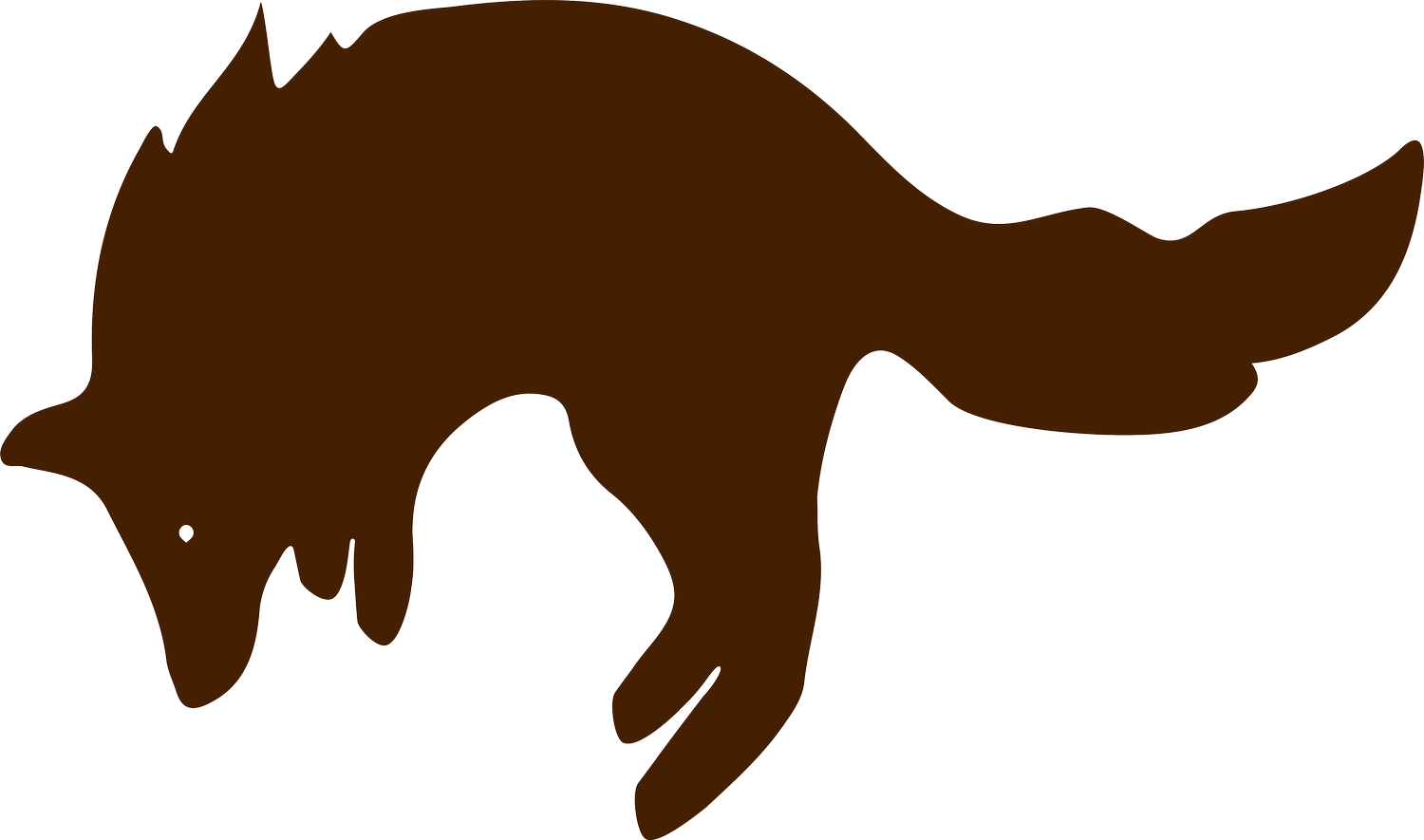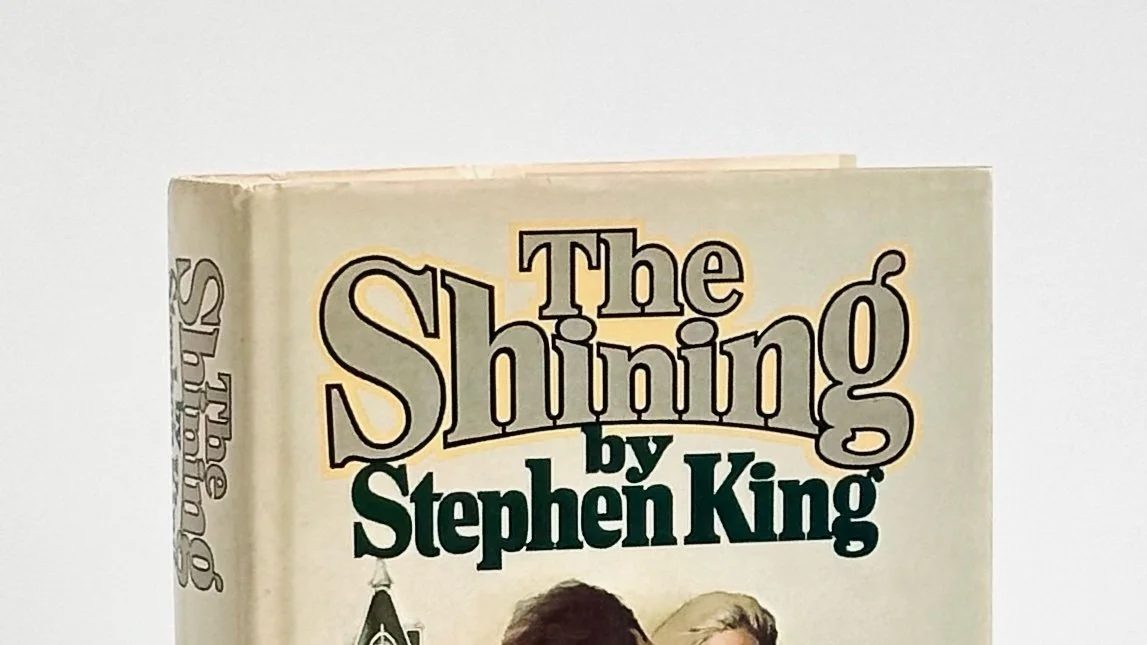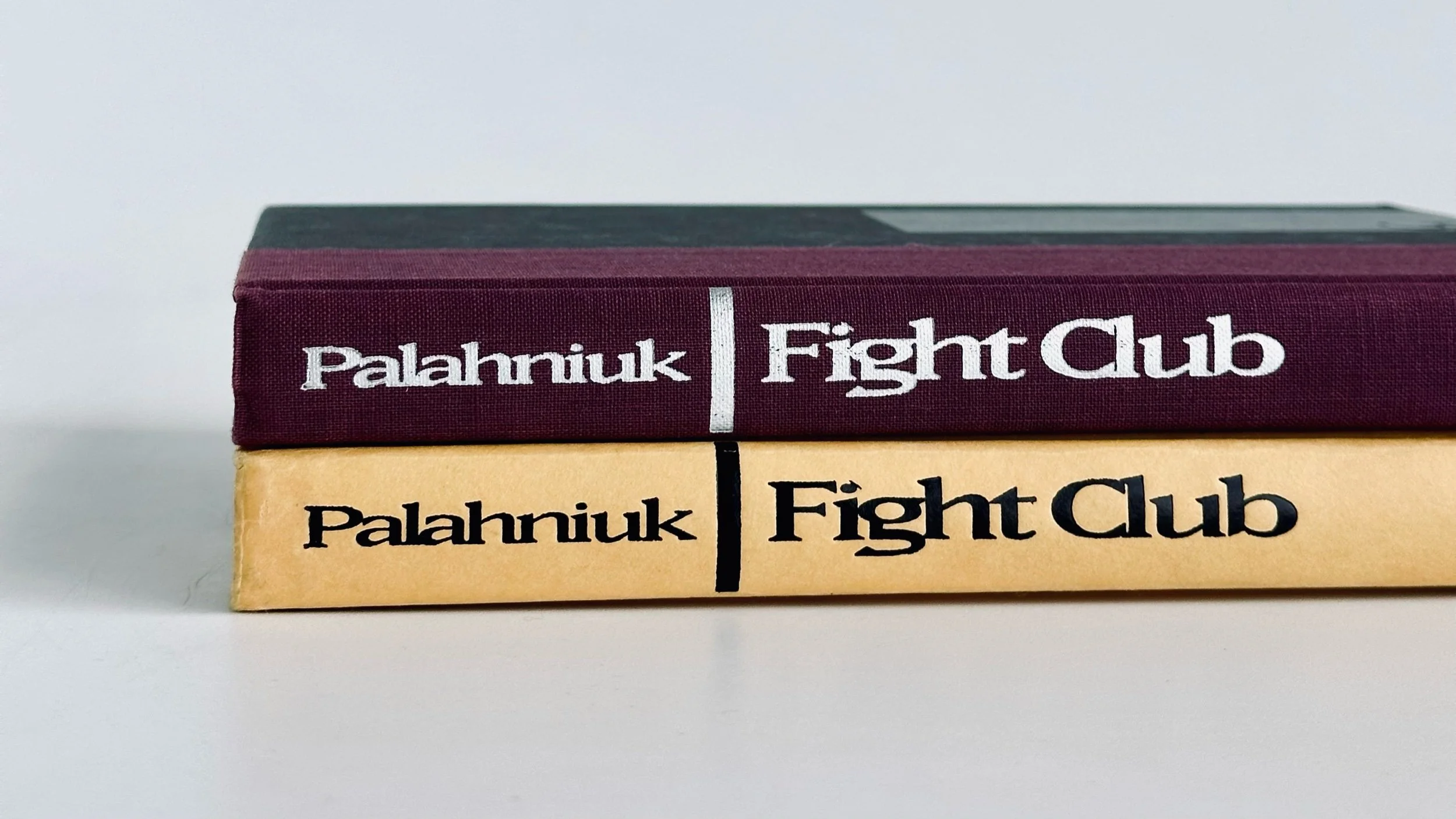How to identify the true First Edition of Stephen King's "The Shining"
Stephen King's "The Shining" is a masterpiece of horror literature, captivating readers with its eerie atmosphere and psychological depth. For avid collectors and enthusiasts, owning a first edition of this iconic novel is a prized possession. But with various printings and editions over the years, identifying the true first edition can be a challenging task. Fear not, for we're here to guide you through the process of distinguishing the authentic first edition of "The Shining" from later printings.
The Publishing Saga of "The Shining":
Published in 1977, "The Shining" emerged from the depths of Stephen King's imagination to become an instant classic. Doubleday, the esteemed publishing house, birthed this literary masterpiece into the world. The first edition bore witness to the meticulous craftsmanship of its creators, from the haunting narrative penned by King to the iconic cover design by Dave Christensen and typography by Al Nagy.
The Role of Gutter Codes:
In the realm of book publishing, gutter codes play a crucial role, serving as clandestine markers embedded within the pages. These enigmatic codes, often overlooked by casual observers, provide invaluable insight into the printing history of a book. Doubleday, the publisher of "The Shining," employed gutter codes as a means of tracking the manufacturing process and ensuring quality control.
The gutter code was used by Doubleday, both for their trade and book club printings, from mid-1958 to mid-1987. Collectors have deciphered this code as an indicator of when the book was manufactured. The codes are stamped in the gutter of one of the last printed pages in a publication, usually the last page of text. Non-first edition trade printings and book club edition (BCE) printings do not contain explicit statements of edition or printing dates, so the gutter code is the only way to date them reliably if secondary sources such as book club announcement fliers are not available.
Deciphering Gutter Code “R49”:
Located within the gutter margin of the book's last printed page, this code signifies the printing run of the first edition. In the case of "The Shining," Gutter Code R49 confirms the initial printing, cementing its status as a prized artifact for collectors. In this case, the “R” represents the YEAR printed (1977) and the “49” represents the WEEK printed.
Week / Month
1-5 / January 18-22 / May 36-39 / September
6-9 / February 23-26 / June 40-44 / October
10-13 / March 27-30 / July 45-48 / November
14-17 / April 31-35 / August 49-52 / December
Other Indicators of the First Edition:
While Gutter Code R49 serves as a definitive marker, these other distinguishing features characterize the true first edition of "The Shining":
First Edition, Stated: Look for the statement "FIRST EDITION" as the last line on the copyright page.
Dust Jacket: The vibrant dust jacket designed by Dave Christensen should feature the original price ($8.95) just below “T.S.” (The Shining) along with a photo of a young Stephen King and the ISBN on the rear flap.
Tan Boards & Black Binding: The first edition sports tan paper boards a black cloth binding with gold lettering on the spine, offering a visual feast for bibliophiles.
Page Count: With 447 pages, the first edition maintains a consistent page count.
Remember, collecting first editions can be a rewarding hobby, but it's essential to be vigilant and knowledgeable about the specific details that distinguish a true first edition from later printings. By following these guidelines and paying attention to the subtle nuances, you'll be well-equipped to identify the authentic first edition of "The Shining" and add a coveted piece to your collection. Happy hunting, and may your shelves be haunted by the spine-tingling tales of Stephen King's literary brilliance!








